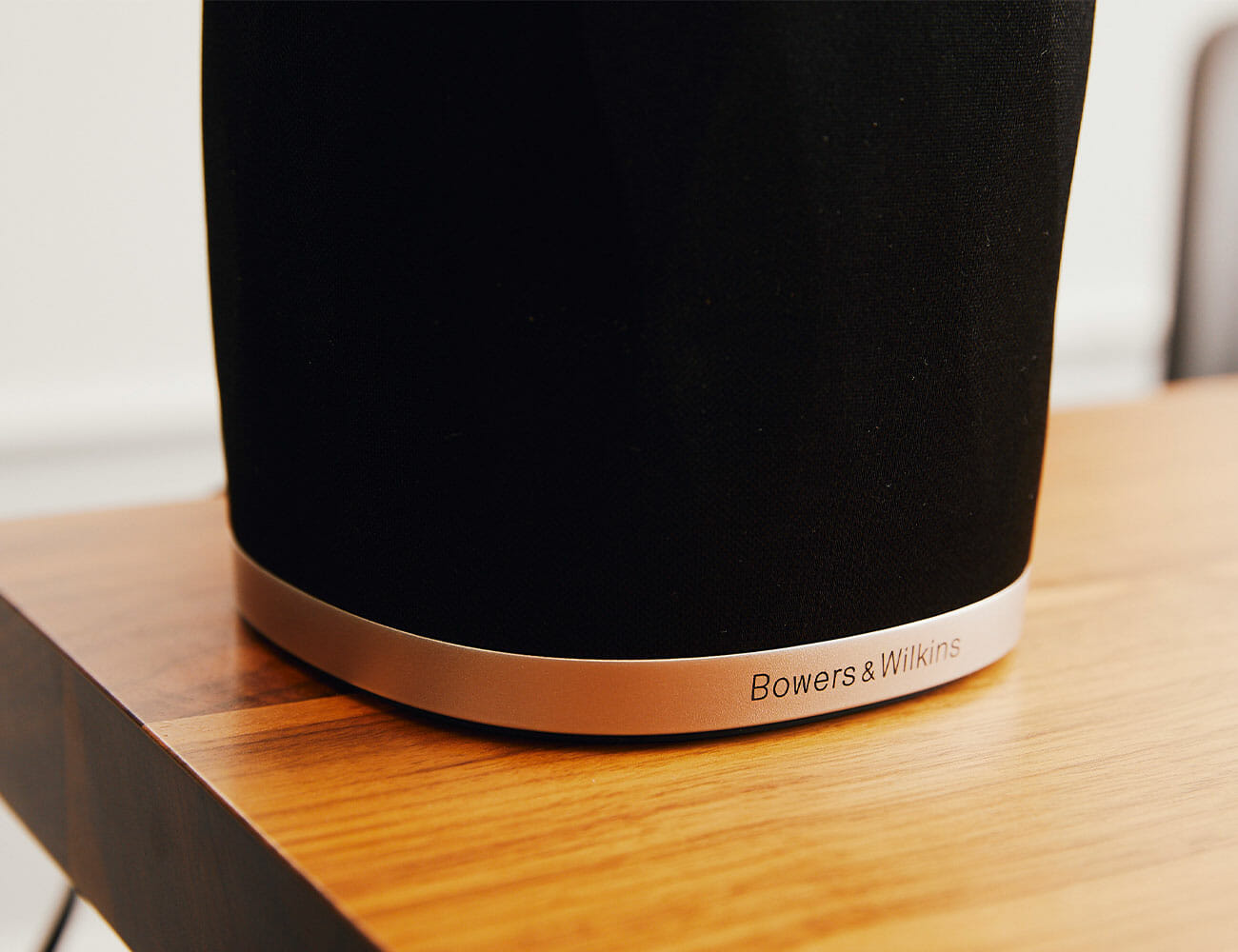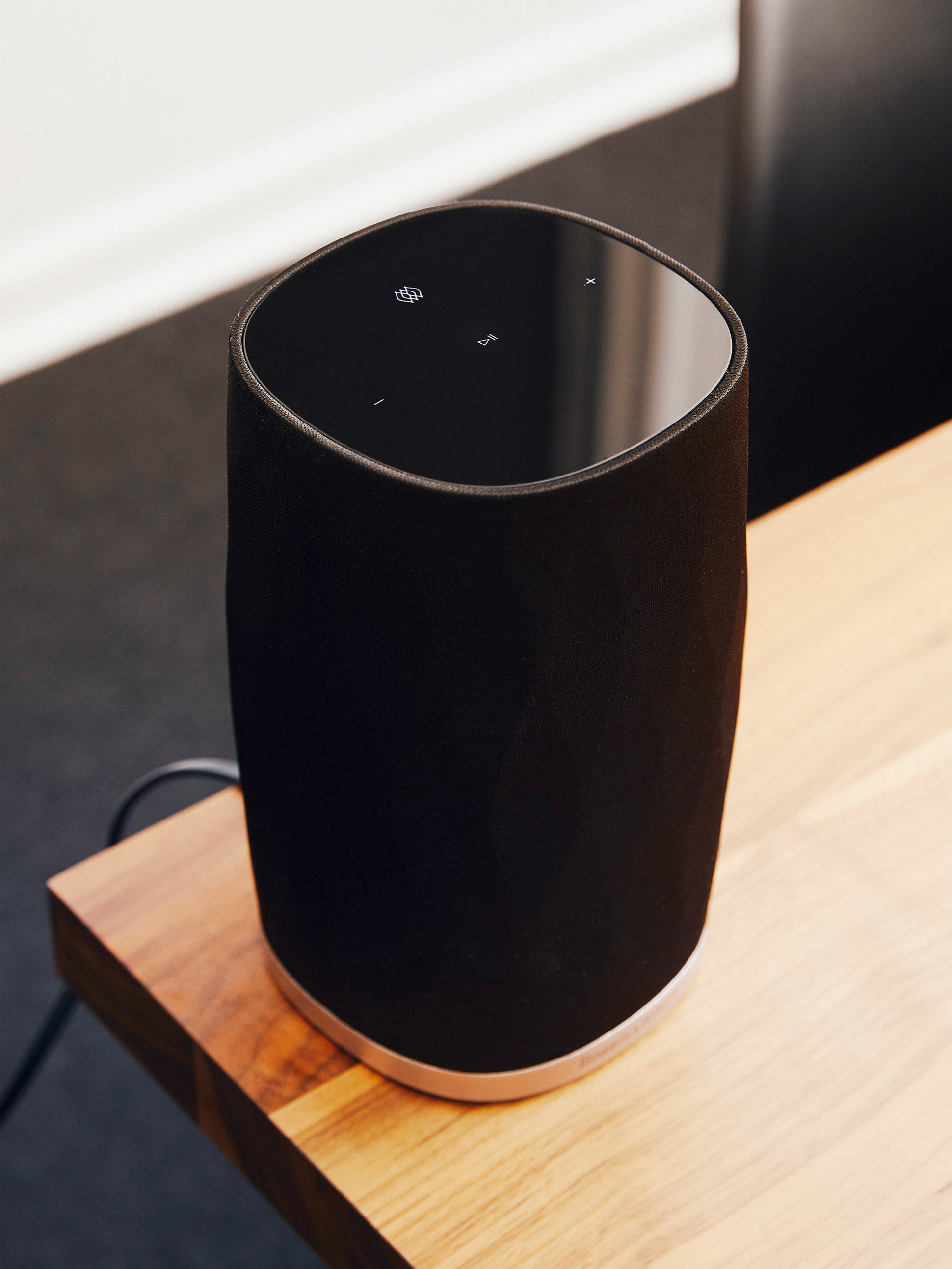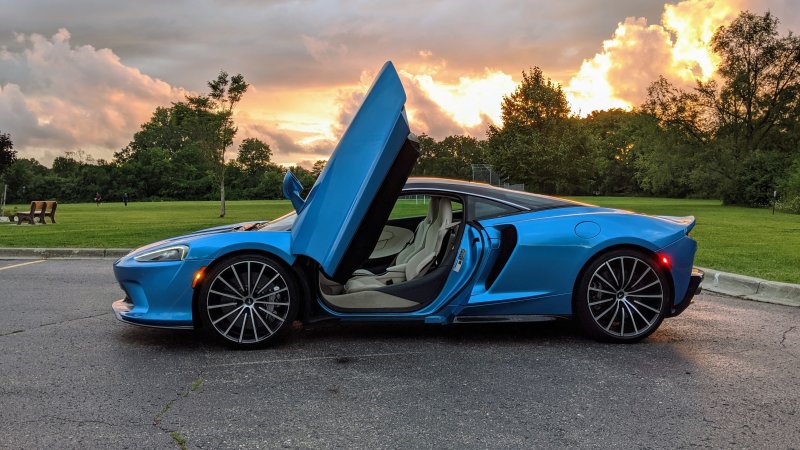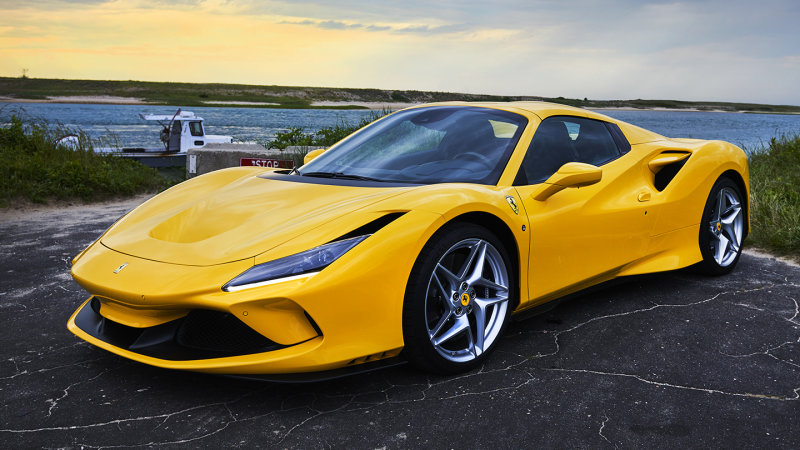Earlier this year, Bowers & Wilkins released its super high-line of wireless multiroom speakers, named “Formation,” and the big thing with them, other than being beautiful and well designed, was that they were able to stream higher quality audio than pretty much all its competitors (namely Sonos, Bose and Apple’s HomePod). They work like most Wi-Fi speakers, as you can still stream music via Spotify Connect or AirPlay, but the speakers actually establish their own proprietary wireless mesh network between themselves and can thus stream up to 96/24-bit audio. Of its Formation speakers, I’ve reviewed the Wedge, a 120-degree wedge-shaped all-in-one speaker that also happened to be the smallest and cheapest Formation speaker you could buy.
Since then, Bowers & Wilkins has added an even smaller and more affordable wireless speaker to its Formation line. The all-new Flex is a cylindrical front-firing speaker with a woven grille. It gets its “flex” name because it’s versatile, able to be designated as a right or left channel alongside another Flex speaker, or two can work as rear-channel speakers with a Formation Bar (B&W’s soundbar) in a home theater system. The B&W Formation Flex costs $450.
|
The Good: The Formation Flex is certainly one of the best-sounding “compact” speakers you can buy right now. In the press release announcing the speaker, B&W claimed that the Flex was “the highest quality sound ever found in a standalone wireless speaker of its size,” and to be honest, I can’t really say much to refute that. It has a decoupled double-dome tweeter (that uses the same technology found in the company’s higher-end 600 series speakers) and a 4-inch woven glass fiber cone bass/midrange driver, both of which have their own dedicated amp and DSP. All this ends up meaning that the Flex delivers a rich and accurate audio experience (which is what B&W speakers are known for), one that sounds best when played at medium to high volumes.
B&W has really nailed down the setup process with its Formation line. In regards to the Flex, specifically, the setup process is almost identically to the latest Sonos speaker (the Move); you just download the app, connect the speaker to Wi-Fi and then – bam – you’re finished. There’s no self-tuning process because, like Apple’s HomePod or the Sonos Move, the Flex has a kind-of dynamic equalizing software, meaning the speaker can autotune itself in realtime for the room it’s in.

If you’ve bought into B&W’s ecosystem, meaning you’ve invested in other Formation speakers, you can do some pretty neat things with the Flex. Although I wasn’t able to test this, you’re able to pair Flex speakers together so they play in a stereo tandem, or you can designate two Flex speakers are rear-channel speakers with the B&W’s Formation Bar (soundbar) and have a 5.1 home theater system. You are able to do the same kind of thing with a Sonos system, with two Sonos Ones (or two Sonos One SLs) and any one of Sonos’s soundbars.
Who It’s For: The Formation Flex is for anybody who wants a beautiful wireless speaker that sounds great – and they’re willing to pay a little over the odds to get it. Obviously, if they’re already invested in B&W’s Formation ecosystem, the Flex makes sense because it’ll pair so easily.
Watch Out For: The Flex is optimized to be a standalone speaker or work in a multiroom audio system with other Formation speakers; even though it technically can play in a multiroom system with other speakers (via AirPlay 2) it’s not going to sound the same. There aren’t any analog connections on the speaker. And despite it looking like a 360-degree speaker, the Flex is not – it’s a forward-firing speaker so it’s going to sound best if it’s facing your direction. Lastly, it’s more expensive than most other speakers that are its size.
Alternatives: The Formation Flex is a powered, front-firing all-in-one speaker, and can be best considered as a high-end version of a Sonos One SL ($179). It’s not a smart speaker, like HomePod, although it’s probably most similar to Apple’s speaker in terms of sound quality. If you want to “go bigger” than the Flex, B&W’s Formation Wedge ($900) is essentially a bigger and better sounding version of the Flex. Also, Naim Audio just released the second-generation of its Mu-so Qb speaker ($899) for those who love high-end speakers with spectacular volume dials.

Verdict: The smallest speaker in Bowers & Wilkins’s new Formation lineup, the Flex, still sounds big. The combination of design, sound quality and price (and lack of a built-in voice assistant) means that the Flex is definitely not your run-of-the-mill entry-level speaker – not everybody is going to buy it. But those who do aren’t going to be blown away with the way it sounds (and looks). Just make sure it’s in an area where you can play it loud.
What Others Are Saying:
• “Voices are very clear and the top end is super open and extended. This little guy sounds like a decent home speaker. The bottom end is what is the most impressive though. Most speakers with this kind of footprint have bass, but it is more of the one-note variety where it is hard to hear tonal differences and is bloated in the midbass.” — N/A, Audio Advice
• “So far, we’re very impressed by the Bowers & Wilkins Formation Flex – it’s incredibly powerful, offers fantastic audio fidelity, and it looks just as good as the other products in the Formation range. Even better, unlike its siblings, it’s not prohibitively expensive, either. Sure, it’s pricey, but it’s a great way to gain entry to the Formation lineup without breaking the bank.” — Olivia Tambini, Tech Radar
Key Specs
Speaker: compact speaker
Drivers: 1-inch decoupled double dome tweeter (1x), 4-inch woven glass fibre cone bass/midrange (1x)
Frequency response: 50Hz to 28kHz
Weight: 5 pounds
Connectivity: Apple AirPlay 2, Spotify Connect, Roon Ready, Bluetooth aptX HD
|
Bowers & Wilkins provided this product for review.




